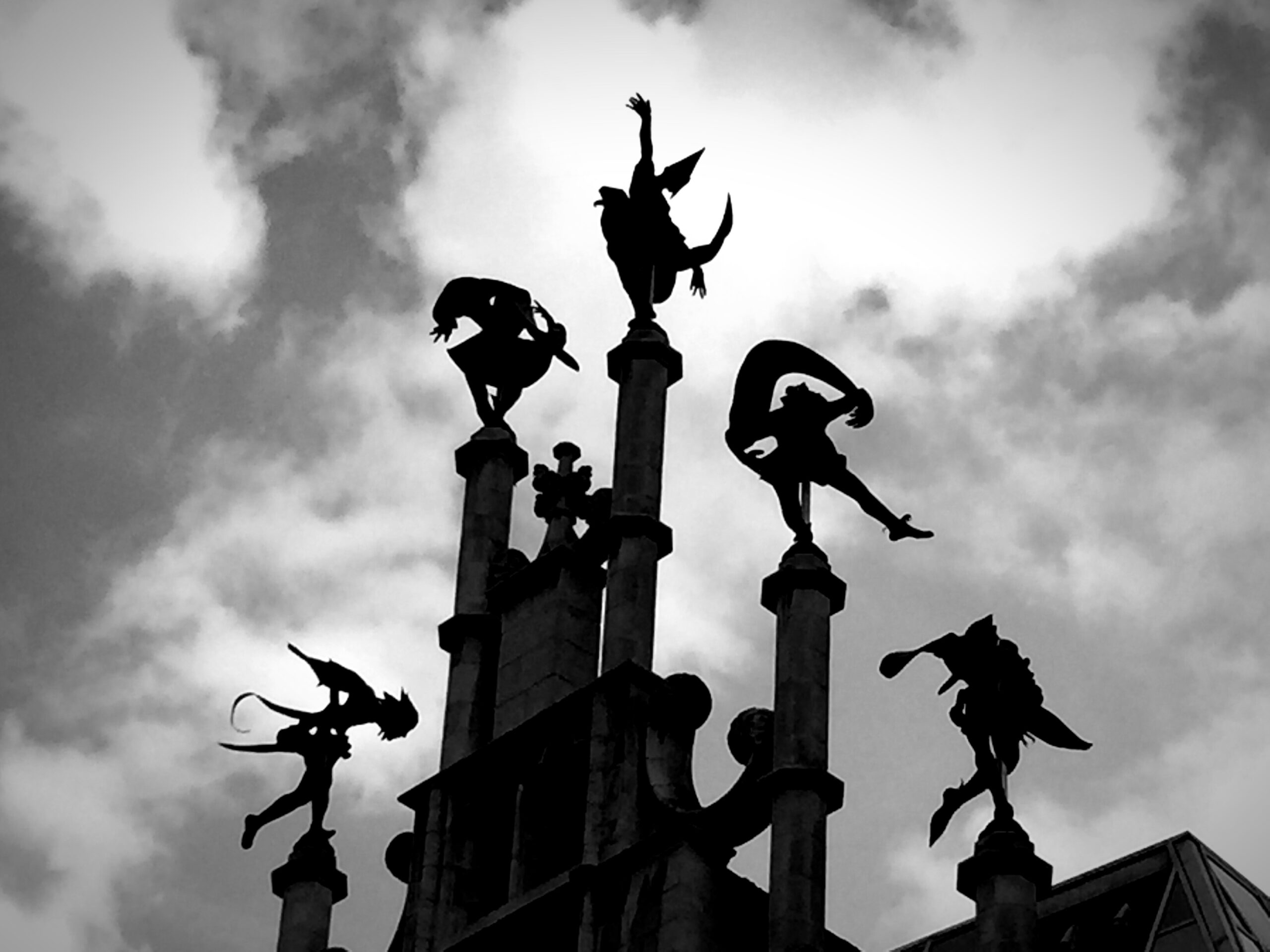
At a tertiary, interpretative level (Tier Three), we can find a third use of the word “bridge” in Katherine’s nightmare. The beak that she identifies with disgust is actually her broken nose. More specifically, it is a break in the Bridge of her nose. A third use of the word “bridge.” Prior to this night of dreaming, Katherine revealed that she broke her nose earlier in her life and has been self-conscious about the shape of her nose ever since. It may be important to note that an outside observer is not likely to notice that her nose is in any way misshapen. In fact, by modern standards, Katherine’s nose and face would be considered quite elegant–and she is often described by other people as being a beautiful (as well as quite intelligent) young woman. There is a major discrepancy between Katherine’s self-image and the image other people have of her.
There is also the dynamic presentation of background detail in Katherine’s dream. She is in a wheelchair and moving on a raised walkway, suggesting some physical restrictions and even disability. There is not only the representation of a card game but also the bright red of the landscape that complements the red color of some shapes (including hearts) on the cards. There is also the hairbrush—the bristles of which may complement the scaly features of her Pelican beak. Finally, there is the mirror that she shatters with the hairbrush. Does the mirror in some way represent her self-image?
It seems that the “minor” features of this dream (like the minor characters in a novel or movie) complement and enrich the “major” features of the dream. This dream, like most compelling dreams, is told through strong visual images – and not just the words and/or actions of the dreamer. It seems appropriate that one of the major indicators of a dream taking place is the shifting of our eyes (rather than movement of other parts of our body). We dream in pictures—not in words!
Function of the Dream
We might now pose the inevitable question: what function does this dream serve Katherine? It certainly is a source of distress for her as she recalls it in the dream laboratory. Katherine did not recall this dream during the following morning or even remember being woken up and recounting this deeply emotional experience in her sleeping life. However, we might wonder if something of this distressing dream lingered with Katherine during the following day. It is hard to imagine that highly stressful, trauma-laden dreams that wake us up at night don’t have some impact on our emotional life during the coming day. If this is the case with Katherine, then what might be the benefits associated with these attendant emotional costs.
In a previous essay (Bergquist, 2022), I have identified multiple functions that might be served by dreams. From an evolutionary perspective, one might assume that there are some adaptive purposes for the time we spend dreaming–and perhaps even for the large amount of time that seems to be spent by other animals in states that are indicative of dreaming (alpha brain patterns and rapid eye movements). I wrote about the entertaining and reassuring function served by some dreams. These certainly do not seem to be the functions served by Katherine’s Pelican dream. I would suggest that the function served by this dream might relate most closely to that identified by two psychoanalysts, Thomas French and Erica Fromm, in their seminar book published in 1964 on Dream Interpretation (French and Fromm, 1964).





